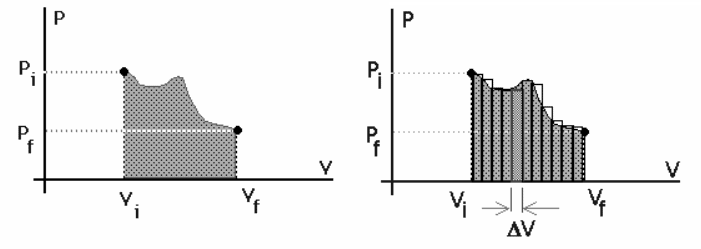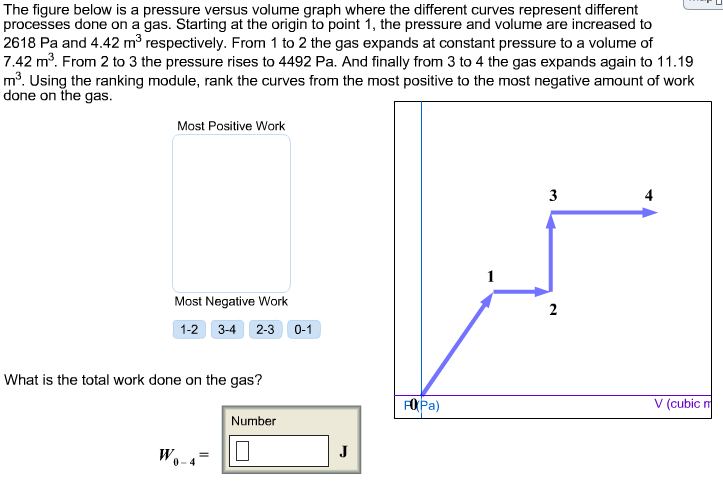

10.4.5.1 EjectorsĮjectors are the most common NCG system component.

Configuring the NCG system for efficiency, reliability, and flexibility thus is a major task for the flash plant designer. Thus, NCG systems at flash plants must deal with much higher and variable volumes of NCGs to be removed, and often more corrosive mixtures of gases than would be encountered in conventional fossil plants. These variations were accommodated with a flexible NCG system with several trains of different capacities.įlash plants with direct-contact condensers also have air liberated from the cooling water. The design basis was originally 2.3% by mass NCG content in the HP steam, but during commissioning the level was as high as 3.2–3.5%, later dropping to less than 2.8%. reported on the NCG system at the Kawerau double-flash plant in New Zealand. As one example of variability that can be experienced, Kotaka et al. The NCG content and composition may also change over time as the reservoir evolves.
Workdone with differenet pressure plus#
The quantity depends on the resource characteristics and can vary widely, perhaps from 0.5% to 30% by mass of the total HP steam plus NCG content. The difference for a geothermal flash plant is that the steam itself contains larger quantities of NCGs that originate from the geothermal fluids and may be composed of mixtures of gases such as CO 2, H 2S, H 2, CH 4, and other constituents. NCG systems are in principle similar to those used for conventional steam turbine Rankine cycle plants, which must remove air from the condenser that enters the cycle due to in-leakage. It is in situations where the NCG system has insufficient capacity that improvements in it can improve the condenser pressure. The condenser pressure would rise or fall naturally as the cooling water temperature or steam flow vary. If the NCG system is of sufficient capacity, the condenser pressure is controlled by the condenser characteristics, and no significant further reduction in condenser pressure results if the NCG system has surplus capacity. Ī common misperception is that the gas removal system “sets” the condenser pressure.The condenser performance, which is a function of the thermal duty (amount of steam that must be condensed) and the cooling water flow rate and temperature The condenser pressure is dictated by two factors, either of which may be limiting: The performance of a flash plant is contingent on maintaining a low condenser pressure. Results similar to the calculations of Rufli and Cerri have been obtained by many authors. It can be seen that there is an increase of about 2–3% on overall efficiency resulting from two stages of heating rather than a single stage. Typical results obtained by Rufli are also given in Fig. Rufli also investigated whether raising the steam at two pressure levels showed any advantage. In general, it was shown that for the higher values of T 3 now used in CCGT plants there was little or no benefit on overall efficiency associated with supplementary heating.

However, as pointed out before, feed heating can be used to ensure that T b is higher than the dewpoint temperature of the exhaust gases, T dp, to avoid corrosion of the economiser water tubes.įor (b), Cerri assumed that the supplementary ‘heat supplied’ was sufficient to give a maximum temperature equal to the assumed maximum steam entry temperature T e. The overall lower cycle efficiency (η O) L = η Bη L may be expected to change little in the expression for combined cycle efficiency (η O) CP, Eq. Essentially, this is because although feed heating raises the thermal efficiency η L, it leads to a higher value of T S and hence a lower value of the boiler efficiency, η B. Similarly comprehensive calculations were carried out by Cerri : (a)įor (a), calculations showed that the presence of feed heating made little difference to the overall efficiency.


 0 kommentar(er)
0 kommentar(er)
